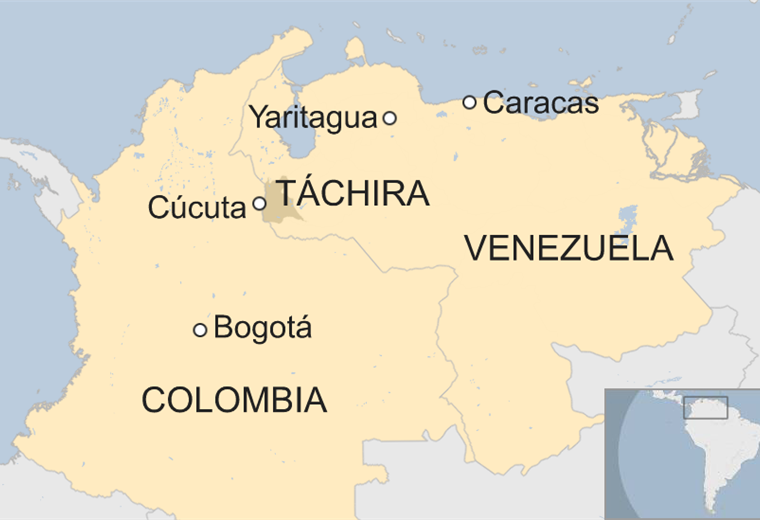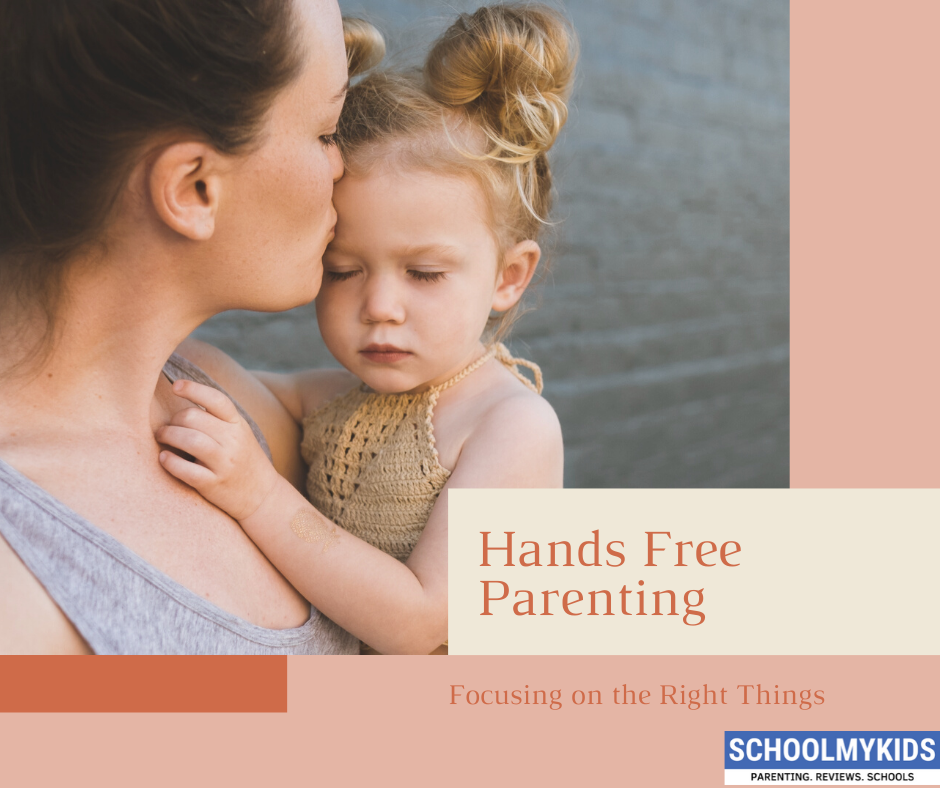

Helicopter parenting is associated with warm and supportive parental behavior that includes ongoing communication, emotional support, and openness between parents and children.īut the effects of helicopter parents aren’t all good, either. In fact, these parents often have close and caring relationships with their kids. The impact of helicopter parenting on children and teens isn’t all bad. Intervening in a teen’s life to prevent them from failing at a task or other effort.Sending multiple texts each day to a child away at college.Overseeing a high school student’s homework and school projects.Stepping in to negotiate conflicts between a teen and their friends.Not allowing teens to make age-appropriate choices.Here are a few helicopter parenting examples that indicate a parent is being overprotective or over-involved with their teenager’s daily life: Hence, they don’t recognize that their children may be experiencing the negative effects of helicopter parenting.

Helicopter parents don’t always realize that they are hovering over their kids.
#Hands on vs hands off parenting how to
One of the biggest problems with helicopter parenting is that kids don’t get a chance to learn how to navigate the world on their own. Moreover, they continue this behavior from afar, when teens are in college. Moreover, helicopter parenting has spawned the more recently coined terms “lawnmower parents” and “snowplow parents.” Such parents not only hover but also mow down or plow away any obstacles in a child’s or teenager’s path. And today, research is revealing the effects of helicopter parenting. Subsequently, in the early 2000s, helicopter parenting became a popular way to describe this style of child rearing. The phrase first appeared in 1969, in Dr.


Hand off Hands-on Perineal lacerations.The term “helicopter parenting” describes parents who are over-involved in their children’s lives. Therefore, we conclude that the "Hands-off" method offers a safer alternative for perineal control during labor. In addition, 28 women (9.3 %) from the "Hands-on" group and 47 women (15.7 %) from the "Hands-off" group experienced periurethral tears (p = 0.01) that did not need mending.Īpplication of the "Hands-off" method for vaginal delivery has a positive effect on the mother's health because of the reduction of Episiotomy and third degree tearing. Episiotomy was performed on 38 women (12.7 %) from the "Hands-on" and 17 (5.7 %) women from the "Hands-off" (p = 0.003) groups. In the "Hands-on" group, 8 women (2.7 %) experienced a third degree trauma compared with (0.3 %) that in the "Hands-off" method (p = 0.1). Study participants included 600 nulliparous expectant mothers, who were divided equally between the "hands off" and "hands on" groups (n_300 per group).Ī total of 147 (49 %) women in the "Hands-on" and 143 women (47.7 %) in the "Hand -off" groups encountered perineal trauma (p = 0.74).
#Hands on vs hands off parenting trial
We conducted a randomized controlled trial to compare the effectiveness of two techniques for perineum protection during spontaneous delivery. The objective of the current study was to compare the "Hands-off" and "Hands-on" methods to reduce perineal lacerations.


 0 kommentar(er)
0 kommentar(er)
